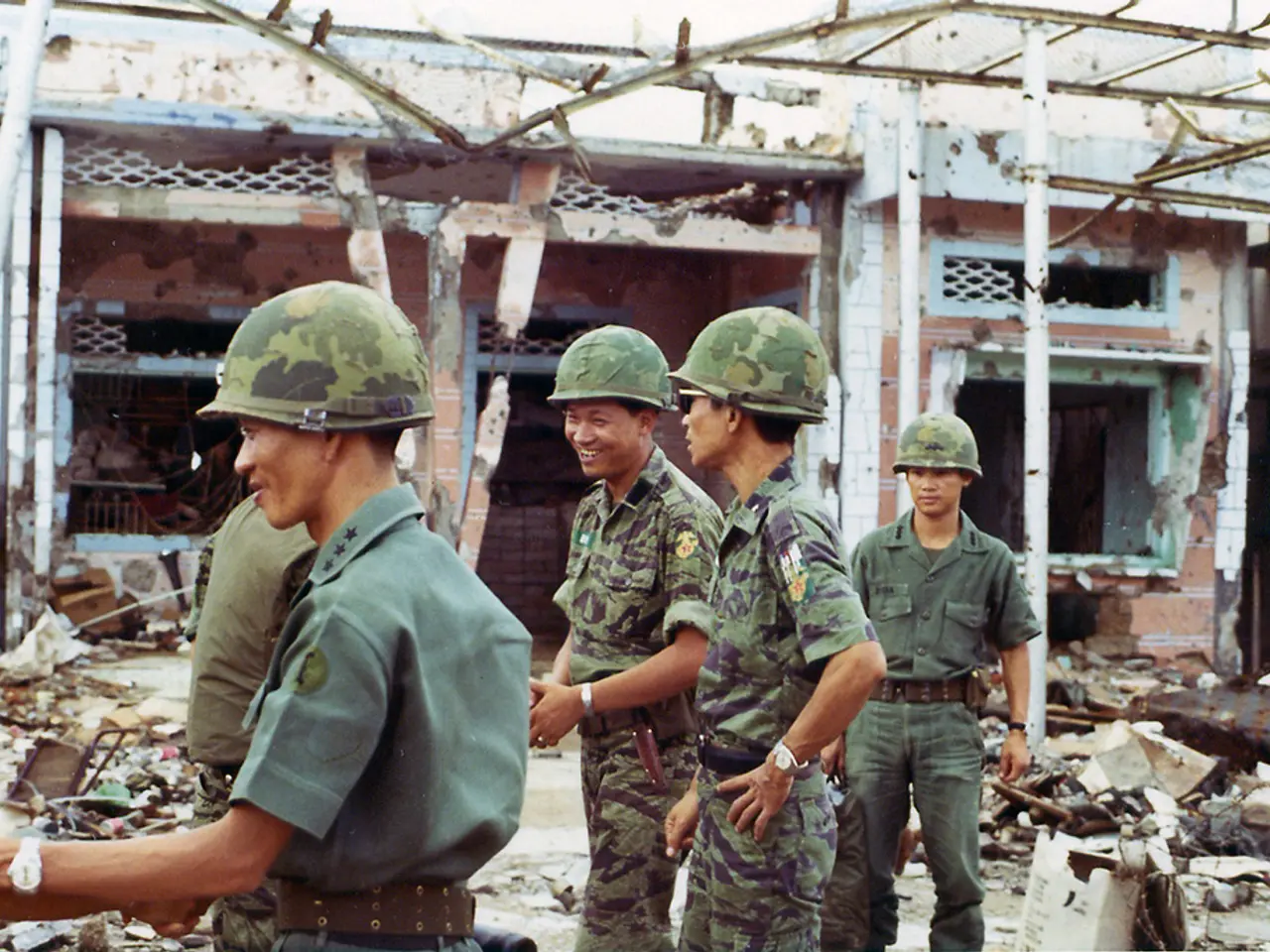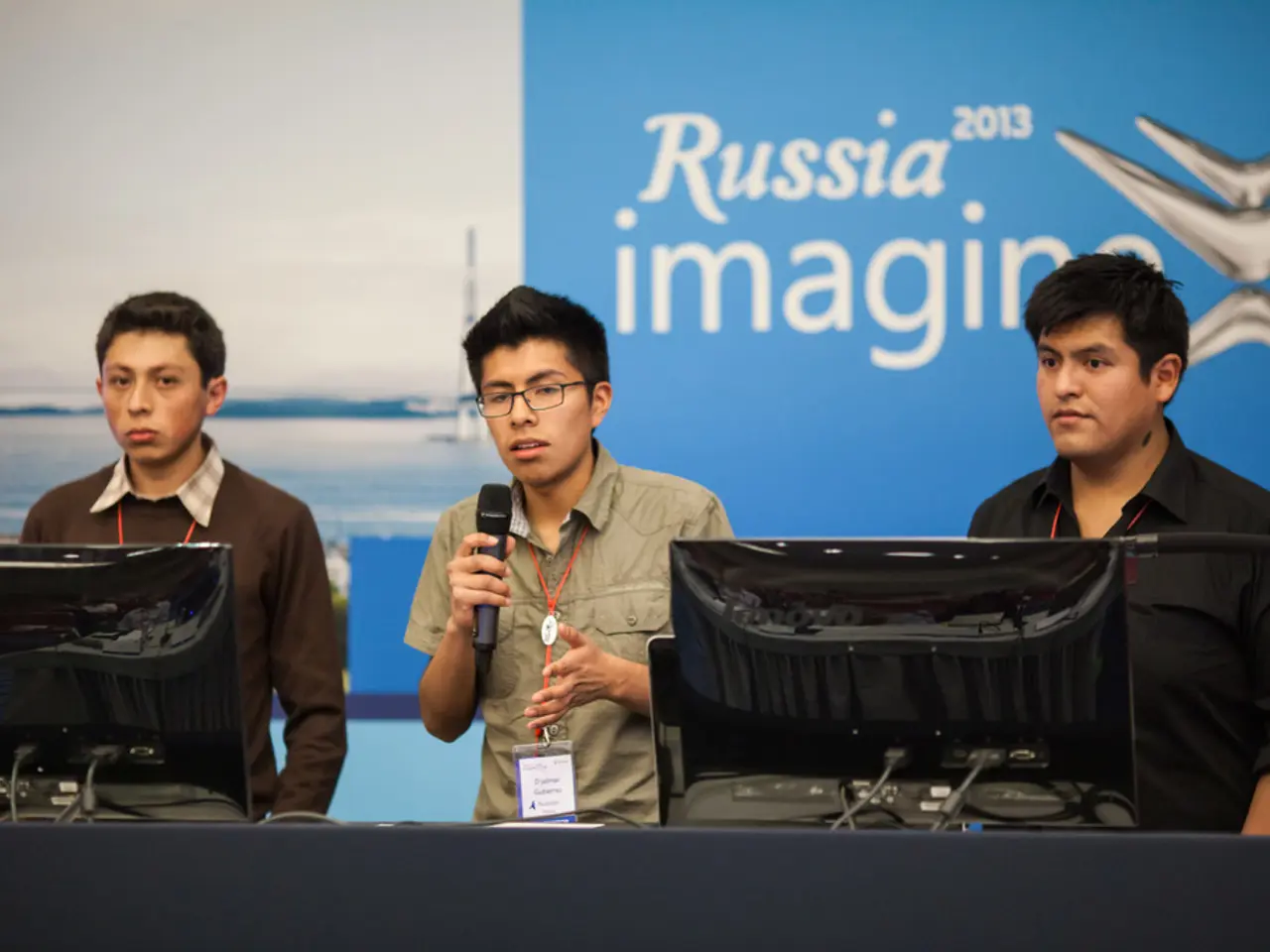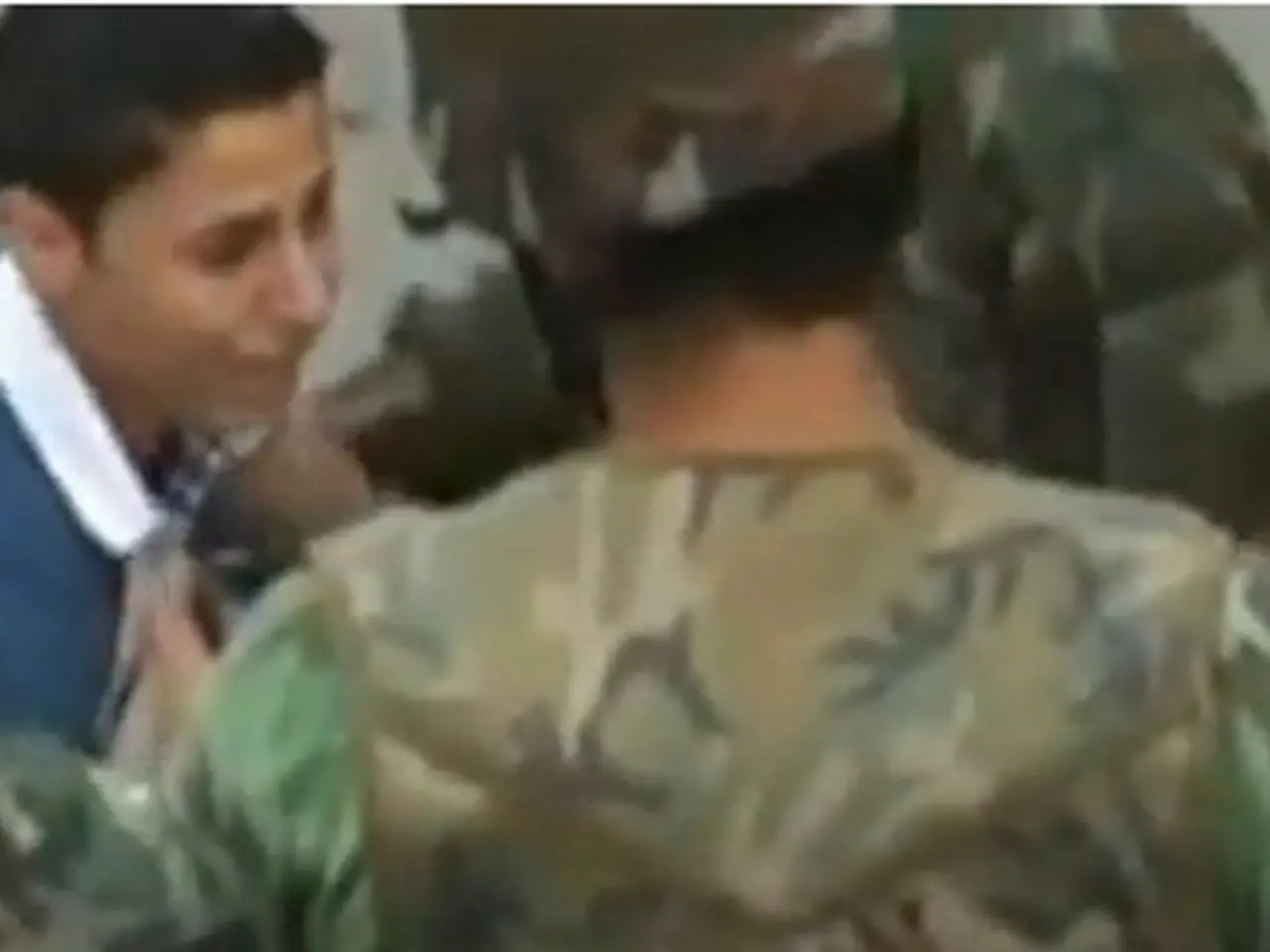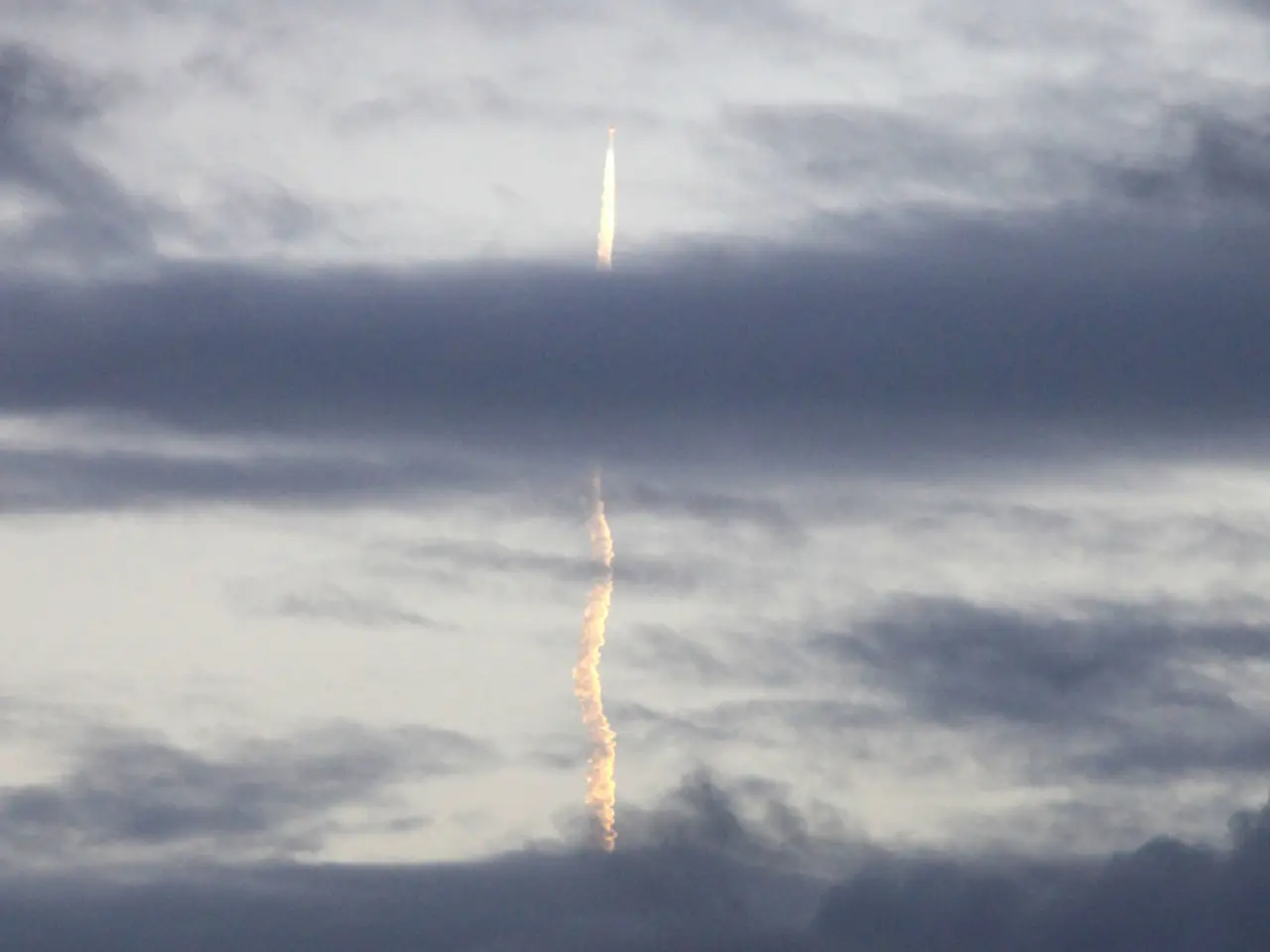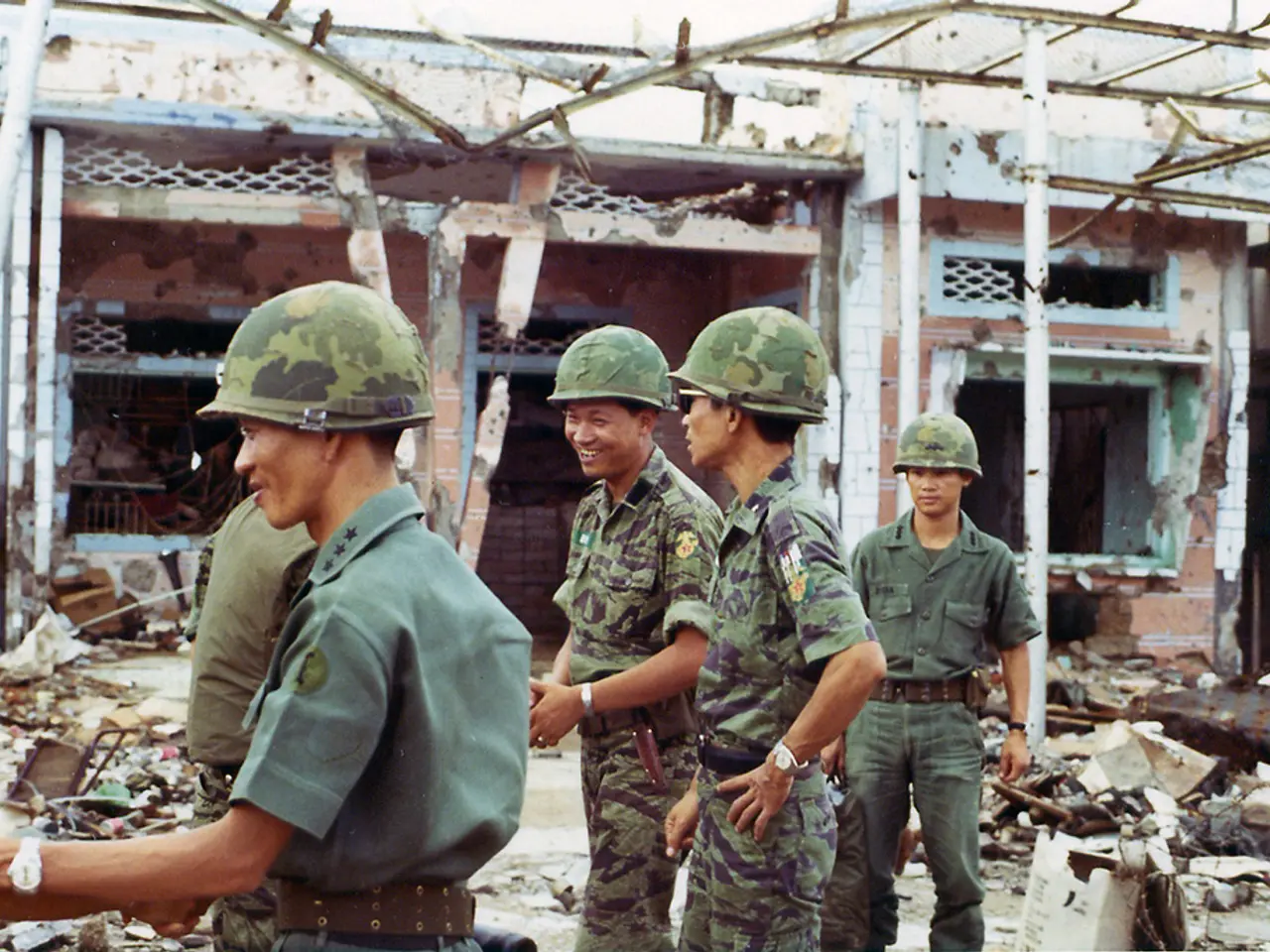Russian airspace disrupted by Ukrainian drones yet another time at 18:45
In a striking development, Ukrainian drone attacks have disrupted flight traffic across Russia, causing widespread delays and cancellations at major airports such as Moscow’s Sheremetyevo and St. Petersburg’s Pulkovo. The disruptions have been particularly prevalent in key international hubs and other airports in western and central regions.
Overnight and into Sunday, July 6, 2025, Russian air defenses reportedly shot down a total of 164 Ukrainian drones. However, the exact number of drones that actually hit their targets or the total number launched remains unclear. The attacks have not only affected the aviation sector but have also directly harmed civilians, with two reported injuries in Russia’s Belgorod region near the border.
This escalation in drone warfare comes amid ongoing intense fighting between the two nations. Recently, Russia launched its largest aerial assault in the over three-year conflict, targeting Kyiv with waves of drones and missiles. Ukraine, in response, has been ramping up its drone capabilities through new partnerships and deals with Western allies, signalling an intensification of drone warfare tactics.
The conflict has seen numerous instances of drone and missile assaults, with Ukraine continuing to disrupt flight traffic in parts of Russia using multiple drones. In Moscow, six drones approaching the capital were shot down, leading to a temporary halt in flights at Sheremetyevo. Similar reports came from other cities, including Kaluga, where seven drones were reportedly destroyed.
In St. Petersburg, two drones were hit by air defense, while in the district of Vyshhorod north of the capital Kyiv, a settlement was hit by drone attacks, resulting in injuries and damage to buildings and private properties.
Russian President Vladimir Putin’s government has faced criticism over its handling of the situation, with the Ukrainian emergency service sharply criticizing a video published by the Russian army, showing a Russian drone attack targeting civilian Ukrainian rescue workers.
In response, Ukrainian President Volodymyr Zelensky has threatened further strikes using long-range weapons against military targets deep within Russia’s territory. Meanwhile, employees of the Ukrainian Security Service and the National Police have arrested a Russian agent suspected of carrying out a terrorist attack in Odessa.
As the conflict continues, Ukraine has announced it will receive hundreds of thousands of drones for its defensive struggle against the Russian invasion this year. The economic impact of the conflict is also being felt, with Russia showing clear signs of a downturn, including declining production activity, constrained consumer spending, and stubbornly high inflation.
Former US President Donald Trump, who once boasted he could end the Ukraine war within 24 hours, now seems uncertain about whether he can end the war at all. The ongoing conflict and its associated disruptions continue to cast a shadow over the region, with no clear resolution in sight.
- In light of the ongoing conflict between Ukraine and Russia, it is imperative that community policy makers and employment policy creators within affected regions address the escalating drone warfare, focusing on safety measures for civilians and aviation workers, as well as strategies for economic recovery.
- As the Ukraine-Russia conflict continues to dominate general-news headlines, discussions on politics and crime-and-justice go beyond borders, with sports enthusiasts also expressing concerns over the lingering effects of the conflict on international sports events and the safety of athletes in affected regions.
